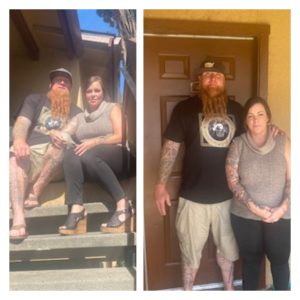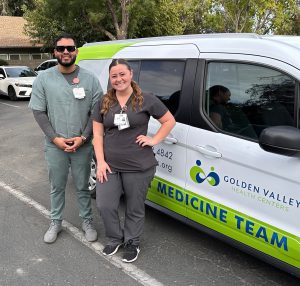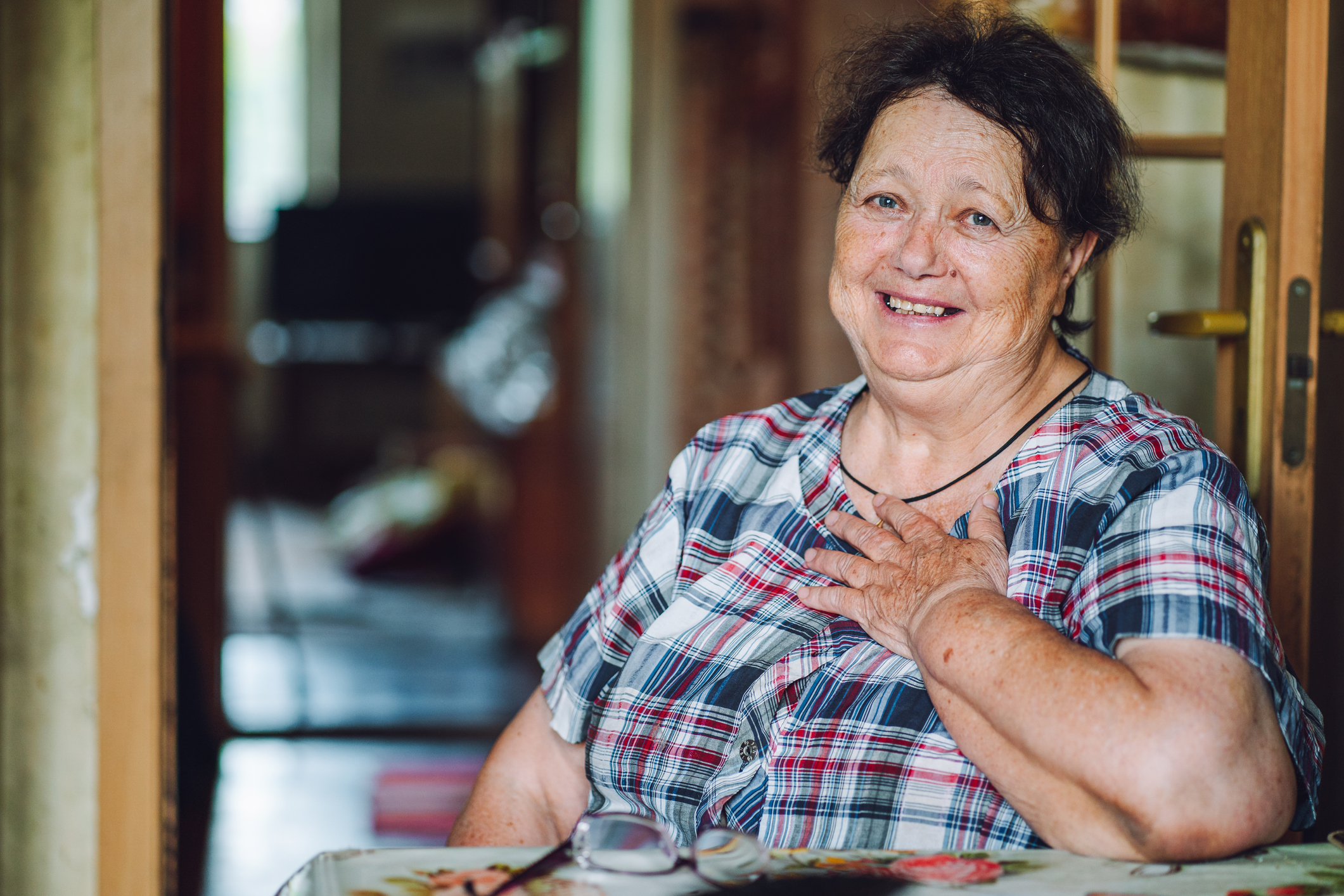The circumstances influencing homelessness create a strong force, pulling individuals and families into a gripping cycle. Between fewer short-term and long-term affordable housing options, substance use and mental health challenges, those experiencing homelessness often encounter difficult barriers and can’t obtain the consistent support needed to extract themselves from life on the streets.
A study from the University of California indicates how far-reaching the epidemic has become. More than 170,000 people are homeless in California, according to the study, which acknowledges the estimate is conservative. California has the largest homeless population of any state and 30% of the U.S. total. Even more eye-opening, 75% became homeless in their county of residence.
Sutter Health conducts Community Health Needs Assessments every three years alongside area counties. These surveys shed light on the significant health needs within the 22 counties it serves. The surveys also help inform the health system’s decisions on which programs and services to invest. In 55% of the most recent CHNAs conducted, homelessness and/or access to basic needs such as housing, jobs, and food ranked as the no. 1 priority. Homelessness and/or access to basic needs ranked in the top four across all surveys.
Homelessness often initiates or exacerbates health issues. Sixty-six percent of UC study respondents said they were presently experiencing anxiety, depression, memory lapses or hallucinations. That is on top of the 82% of those surveyed who said they previously had a mental health or substance use challenge. The trauma of living unsheltered can worsen those conditions, as well as other preexisting conditions like asthma or diabetes. Those experiencing homelessness often do not have consistent access to proper hygiene, which can also make wound care extremely difficult.
“Homelessness is a complex issue, but we do know that housing is a key indicator of health outcomes,” said Grace I. Davis, senior vice president of external affairs for Sutter Health. “It is part of our charge as an anchor institution in Northern California to support potential health and wellness solutions alongside other like-minded organizations.”
Some of Sutter Health’s recent collaborations with other local not-for-profits have made headway. This year, Sutter invested in the following organizations to support their efforts to reduce the impact of homelessness:

Sutter-Yuba Homeless Consortium clients Kenneth and Crystal Smith pose outside of the housing they secured with the consortium’s help.
Sutter-Yuba Homeless Consortium: One of the lesser-known truths of the homelessness crisis is how many individuals and families with housing now consistently teeter on the edge of losing it. In Yuba and Sutter counties, the Sutter Yuba Homeless Consortium, Salvation Army of Yuba City and Bridges to Housing have united to form The Prevention and Diversion program. It is designed to assist individuals and families in the Yuba-Sutter area who are not eligible for government eviction assistance and are at risk of being evicted. The group’s leading requests come from those who have received eviction notices, need assistance paying for rent or utilities, and/or experienced a loss of job or income.
More than 160 adults and children were able receive housing support thanks to a combined $350,000 investment by Sutter Health with the Prevention and Diversion program in 2022 and 2023. Since last summer, 117 individuals received housing referrals and 46 received permanent housing, helping meet the program’s goal of keeping over 100 people housed.
“The homeless crisis is already at levels we’ve never seen before. Preemptive actions—like those available through our program—can help make a real difference for those in our area,” said Johnny Burke, executive director of the Sutter-Yuba Homeless Consortium. “When clients have roofs over their heads, they have the stability they need to support their health and well-being. We also help avoid placing additional stresses on community resources that are already inundated with demands from those actively experiencing homelessness.”

Housing inside the Goodness Village complex in eastern Alameda County.
Goodness Village: Goodness Village is a supportive community of 28 permanent tiny homes intentionally designed to end homelessness for chronically unsheltered people in eastern Alameda County. Goodness Village offers its residents 24-hour wraparound services and vocational skill building. Sutter Health has invested $35,000 in Goodness Village over the past two years.
“We are extremely grateful for our ongoing partnership with Sutter Health,” said Kim Curtis, executive director of Goodness Village. “Through Sutter Health’s grants we are able to provide a safe, healthy, supportive environment where our participants are given the tools to heal from past traumas and begin to creatively think about their futures.”

Members of the Golden Valley Health Centers Street Medicine Team.
Golden Valley Health Centers: Since 2018, Golden Valley Health Centers has collaborated with Sutter Health on a Street Medicine Program. The program doesn’t offer housing support, but it does bring healthcare to where people are, like those experiencing homelessness. Each Street Medicine clinician travels around with a backpack of medical supplies to provide support for basic health care needs, while also offering health education. One of five street medicine programs across the Sutter Health footprint, the Golden Valley Health Centers Street Medicine team provides services such as wound care, blood pressure checks and health assessments to more than 1,500 medically vulnerable living on the streets of Los Banos and Modesto each year.
“Our Street Medicine teams work hard to gain the trust of those they treat. And once that trust is earned, our program helps fill a critical void reaching people who could not otherwise access care at hospitals, clinics or doctor’s offices,” said Stacey Kuzak, director of nursing for Golden Valley Health Centers. “These care consults can have a deep personal impact for individuals, and they can also have a profound cumulative effect toward enhancing overall community health.”





